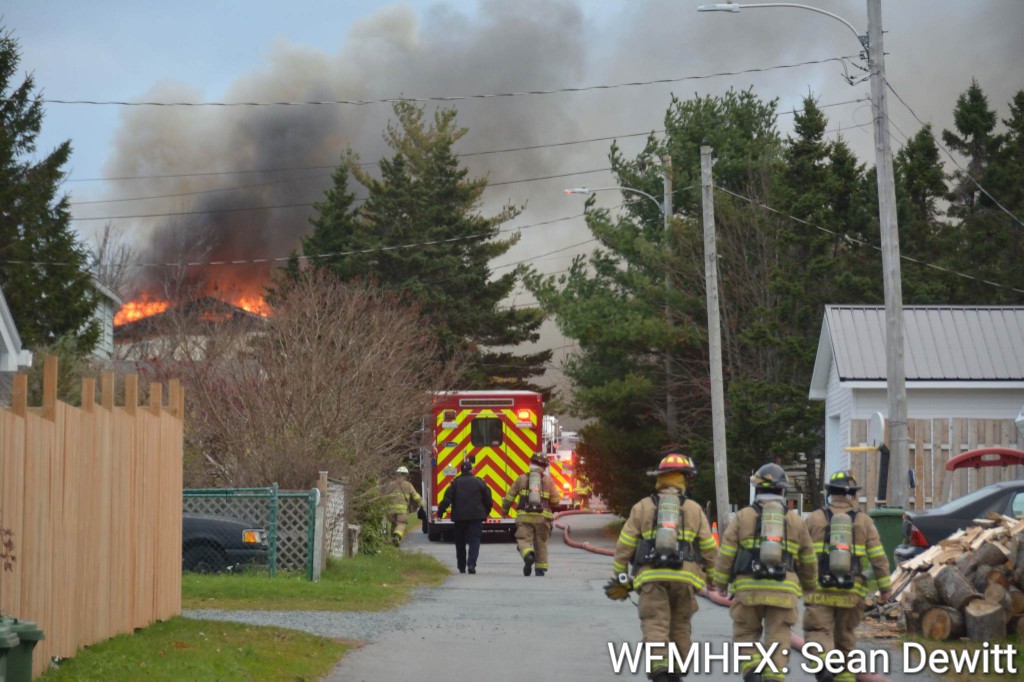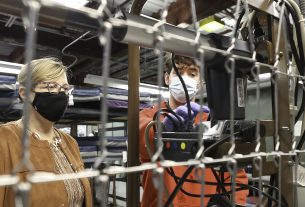**** HRFE Release
Fire Prevention & Safety
HRM has an exceptional fire service but fire and smoke can travel very quickly. Underwriter Laboratories (UL), a not-for-profit product safety testing and certification organization, determined that “fires today are more dangerous and pose more risks than in the past. Fire spread is faster, and time to flashover, escape times and collapse times are all shorter.” You need to do everything you can to prevent a fire in your home.
There are three pillars of fire safety; prevention, detection and escape.
Prevention:
Focus on the heat
Fire affects all of us; families, friends, firefighters and the entire community. In one way or another we all enjoy the benefits of the “good fire”. Blowing out “birthday candles”, scoffing down those tasty “toasted over the campfire” marshmallows or coming in from the cold to the warm cozy “heat from a fire in the woodstove”.
But what about the “bad fire”, the uncontrolled fire?
Thankfully, these fires don’t affect us all. Or do they? Fire does not discriminate, it just waits for its opportunity. Fire requires three things; fuel, oxygen and the right amount of heat.
There is always plenty of fuel (tables, chairs, couches etc.) around, all of which has an “ignition temperature”; the amount of heat required to ignite it. Oxygen too is readily available, in the air we breathe. Heat however, is a different component and that is where Fire Prevention starts.
Consider the marshmallow being toasted over a campfire. You need to be very careful to keep it a safe distance from the heat to only toast it. If you place it too close it will reach its ignition temperature and burst into flames. Keeping it from doing so is Fire Prevention and the same principal applies in your home.
To keep a fire from starting we must first remove one of the three things required to have a fire; fuel, oxygen or heat. Since fuel and oxygen are almost always present, the best means of preventing the fire is to remove the heat.
Think about the most common heat sources in our homes. The kitchen stove, smoking materials, heating equipment, electrical sources and candles/matches and lighters.
Now, think about the most common causes of bad, or uncontrolled fires in our homes. Kitchen fires, smoking material fires, home heating fires, electrical fires and candle fires. See the connection?
Practice fire safety. If it has a heat source, keep it away from things that can burn.
- Kitchen Fire Safety – Watch What You Heat
- Smoking Fire Safety – Butt Out!
- Home Heating Fire Safety – Give Space Heaters Space
- Electrical Fire Safety – Wires and Fires
- Candle Fire Safety – Candle with Care
Detection:
- Smoke Alarms – Don’t Stay Home Without One
- Carbon Monoxide Alarms – The Silent Killer
Escape:
Despite your best efforts a fire could still occur in your home; and, once started can travel very quickly. Plan and practise an escape plan. It will reduce panic and confusion in an emergency and may save your life.
Know two ways out of every room. Check windows to ensure they open easily and that the opening is adequate in size for all family members. Consider where each window leads to; escape ladders can be purchased for use on 2nd and 3rd storeys.
During escape, and where and when it’s safe to do so, head for your closest exit. Stay low under smoke. Most smoke and gases from a fire are lighter than air and will collect in higher places first.
React fast to fire – get out and stay out. If you escape, don’t go back into a burning building for any reason, let trained and properly equipped firefighters do the rescue work.
Call 911 from a safe location and, if necessary, prepare to provide responding fire crews with information on the location of those in need of assistance.
- Fire Escape Planning – Every Second Counts, Plan 2 Ways Out




